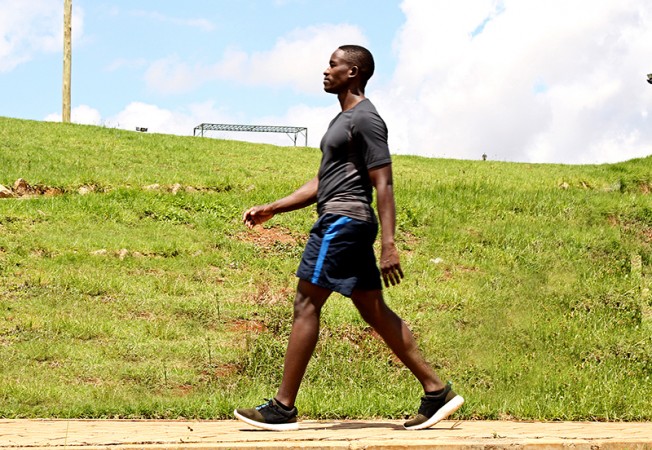
In the fascinating journey of human evolution, one of the most significant milestones was the development of upright walking. This distinctive trait sets humans apart from many other species and has paved the way for our modern way of life. But how did our ancestors transition from walking on all fours to walking on two legs? Let's delve into the captivating story of how people developed upright walking.
Upright walking, scientifically known as bipedalism, was a transformative development in the timeline of human evolution. This unique ability provided early hominins with distinct advantages and shaped the trajectory of our species.
The shift from quadrupedalism (walking on all fours) to bipedalism was not a sudden leap but a gradual process that occurred over millions of years. As forests gave way to open landscapes, the necessity to adapt to new environments led to changes in how our ancestors moved.
Around 6 to 7 million years ago, the earliest hominins started to exhibit more upright postures. Ardipithecus ramidus, an early hominin, displayed a combination of arboreal and bipedal traits. However, it was Australopithecus afarensis, notably the famous "Lucy," that showcased a more refined bipedal gait.
Several theories attempt to explain why bipedalism emerged and its advantages:
Bipedalism brought about notable anatomical changes:
Bipedalism offered various advantages:
While bipedalism brought numerous benefits, it also posed challenges:
The human gait is a complex process involving the coordinated movement of various body parts. This intricate dance of muscles and bones allows for efficient and balanced walking.
As hominins continued to evolve, culture and tool use played a crucial role in reinforcing bipedalism. The ability to carry resources and create tools became defining characteristics of our species.
Upright walking stands as a hallmark of human evolution, shaping our anatomy, behavior, and culture. The journey from quadrupedalism to bipedalism was a transformative one, enabling our ancestors to thrive in diverse environments.
Cultural Fusion: Mojari Sandals in Modern Fashion